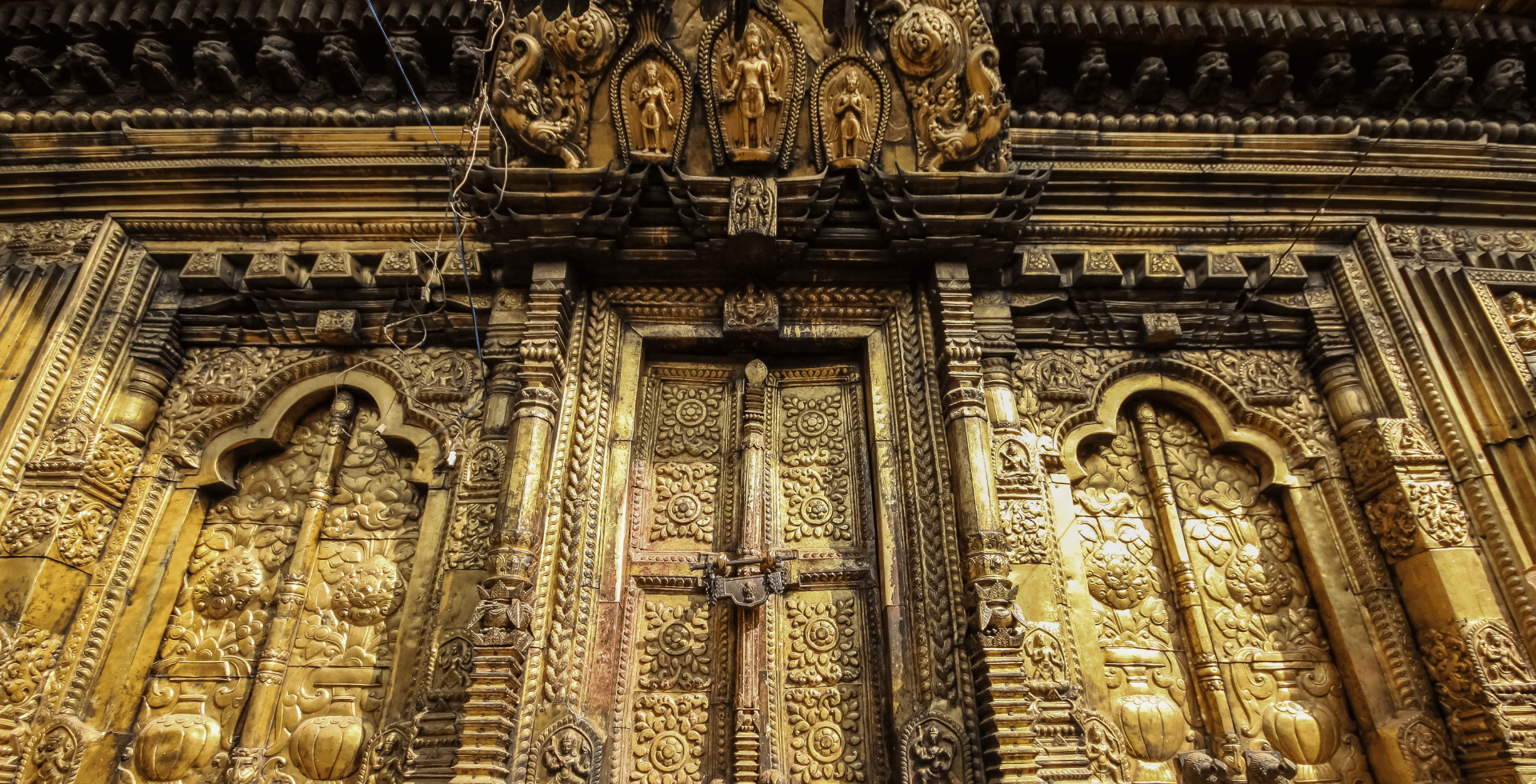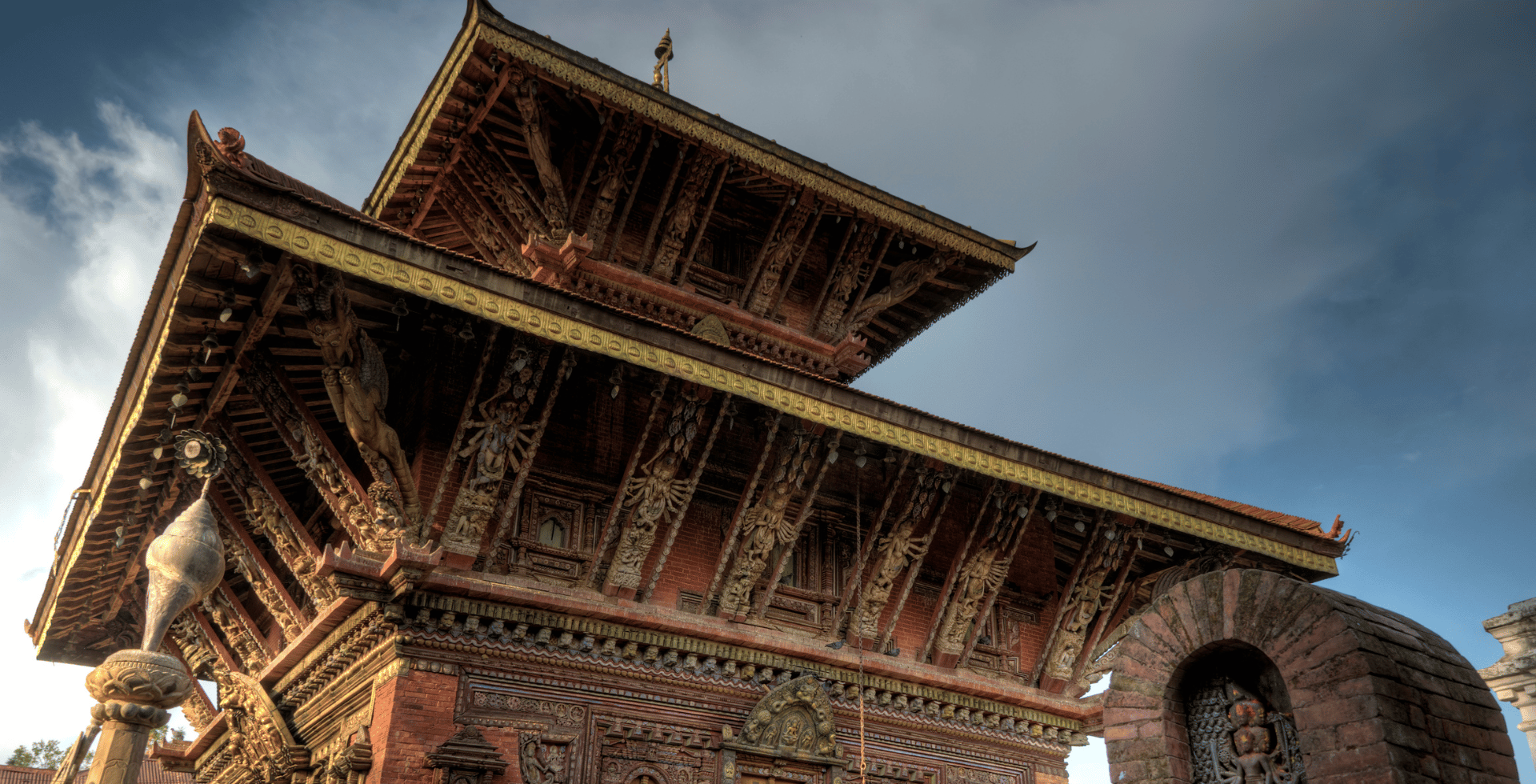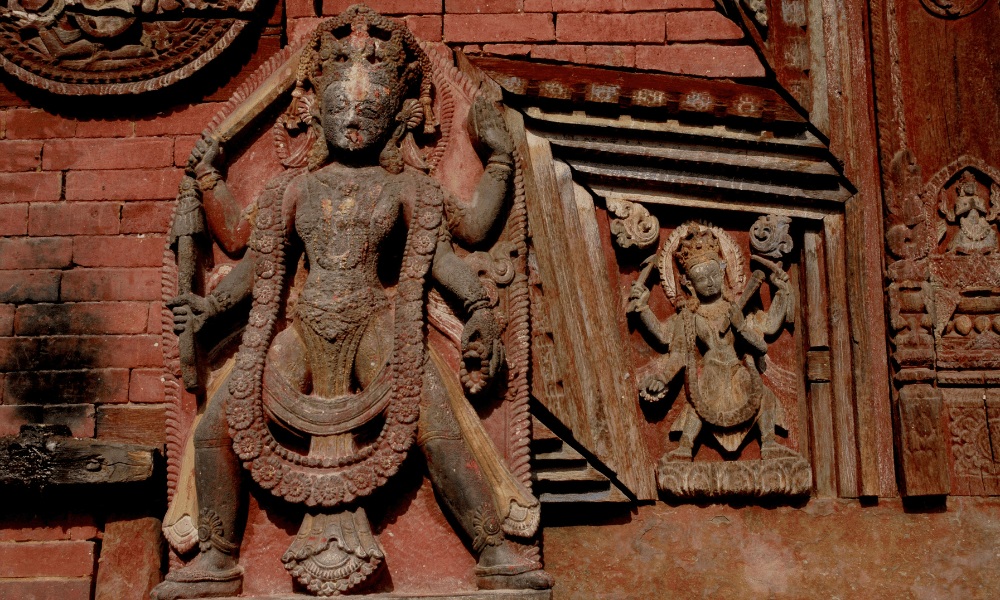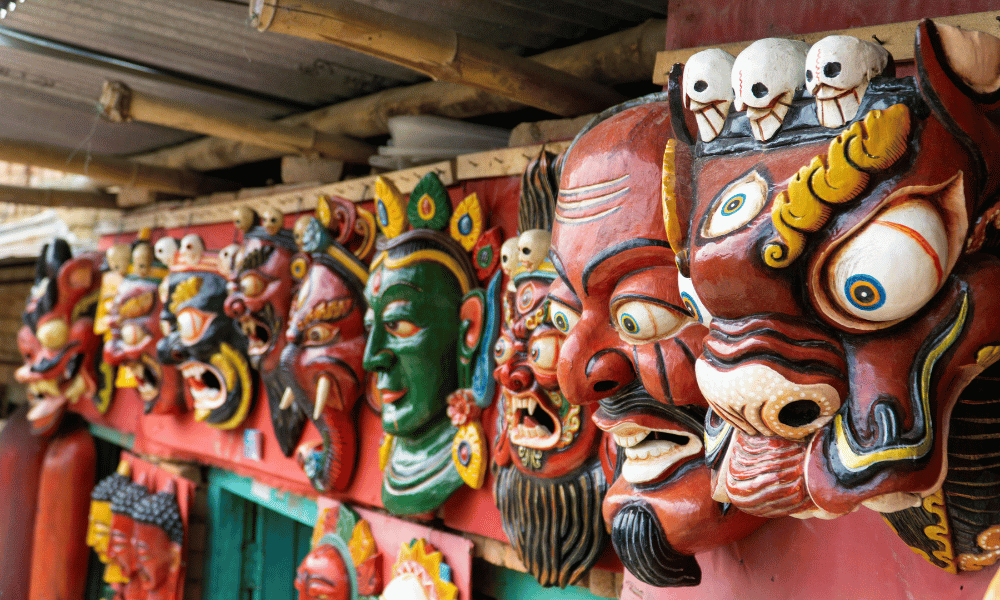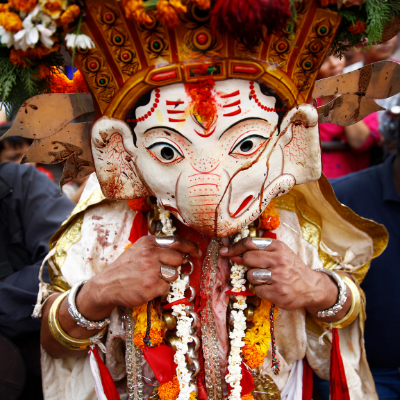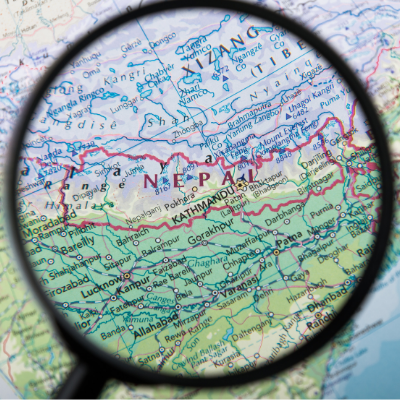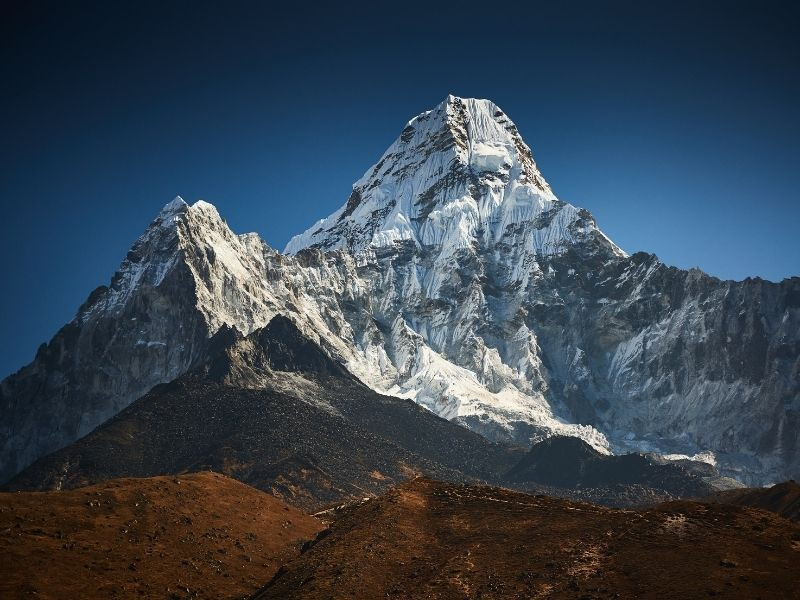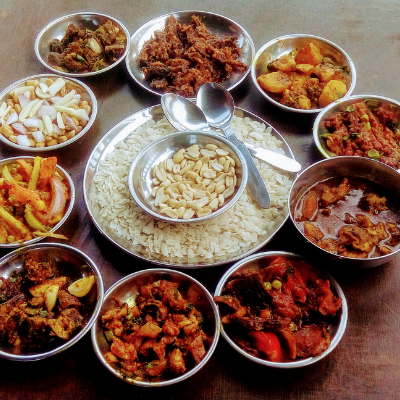As a hub of religious and cultural significance, the Changu Narayan Temple is a must-visit for anyone traveling to the beautiful valley of Bhaktapur in Nepal. From its awe-inspiring architectural design to its intricate wood and stone carvings, the Changu Narayan Temple is a treasure trove of cultural heritage. Whether you're a lover of religious sites or a history buff, this temple is sure to leave a lasting impression. So, join us on a journey to explore the many wonders that the Changu Narayan Temple has to offer.
Two-Tiered Pagoda Structure
Changu Narayan temple is famous for its two-tiered pagoda structure and intricate carvings and sculptures that adorn its walls. This pagoda structure is considered a unique architectural feature of the temple, as it is not typically seen in other temples in the region.
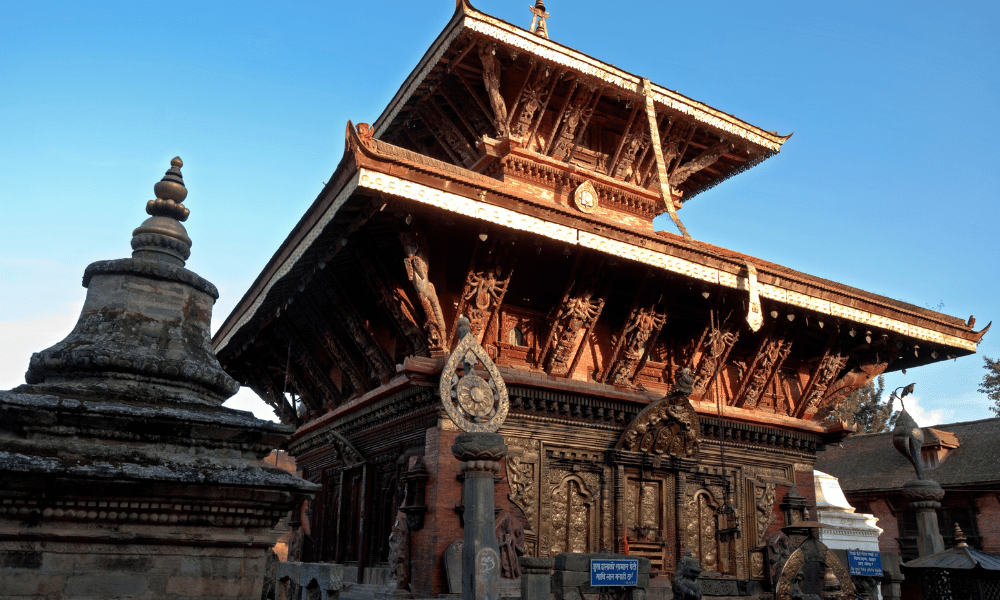
The two-tiered pagoda structure is made of stone and wood, with the first tier consisting of the main temple structure, while the second tier is a tall tower or spire that rises above the main temple. The main temple is adorned with rich carvings and sculptures depicting Hindu gods and goddesses, as well as scenes from Hindu mythology. The tall tower is topped with a gilded copper roof and pinnacle, which shines in the sun and can be seen from far away.
The two-tiered pagoda structure of the Changu Narayan Temple is a symbol of the temple's importance and grandeur, and it is a testament to the architectural craftsmanship and skills of the ancient Newari people who built it. Visitors to the temple are often left in awe by the beauty and grandeur of the temple's pagoda structure and overall decor. The temple is considered a true masterpiece of ancient Nepalese architecture, and it continues to captivate visitors with its beauty and religious significance.
Bas-Relief of Vishnu Mounting Garuda
The Bas-Relief of Vishnu Mounting Garuda is a beautiful and captivating artwork located in the northeast corner of the courtyard of the Changu Narayan temple. It is considered to be one of the most significant pieces of art in the temple complex and dates back to the 12th century.
The bas-relief depicts Vishnu, one of the major Hindu deities, riding on the back of the Garuda, a mythical bird-like creature. This artwork is a testament to the skill and talent of the ancient Nepali artisans who created it. The intricate details and lifelike depictions of both Vishnu and Garuda are a sight to behold and have been beautifully preserved for centuries.
The bas-relief is also significant from a religious point of view. In Hinduism, Vishnu is considered to be the preserver of the universe, and the act of him riding on the back of Garuda is symbolic of his power and control over the natural world. It is also a representation of the relationship between Vishnu and Garuda, who is considered to be Vishnu's mount and faithful servant.
To bring it all together, the Bas-Relief of Vishnu Mounting Garuda is an exceptional piece of art that showcases the talent and religious devotion of ancient Nepali artists. It is an important part of the rich cultural and historical heritage of Changu Narayan temple and is a must-visit attraction for anyone visiting the temple complex.
The idol of Vishnu Vishwarup
The idol of Vishnu Vishwarup is one of the main attractions at the temple and is an iconic representation of Lord Vishnu and his many facets. The idol depicts Lord Vishnu in his cosmic form, with multiple heads, arms, and legs. This multi-limbed depiction is meant to symbolize the omnipresence of Lord Vishnu and his control over all aspects of the universe.
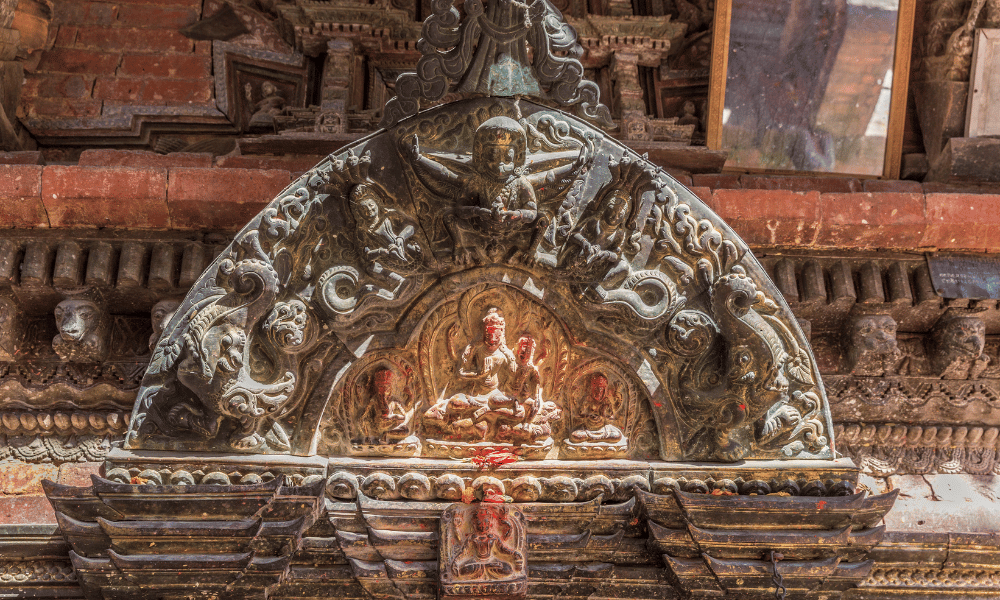
The intricate carvings on the idol depict Lord Vishnu in a majestic pose, riding on the back of his mount, Garuda, with his consort, Lakshmi, by his side. The idol is carved from a single piece of wood and is said to be more than a thousand years old. Despite its age, the idol is in remarkable condition and has been preserved through generations of worshippers. The intricate carvings and delicate details on the idol are a testament to the skilled craftsmanship of the Newari artists who created it.
Visitors to the Changu Narayan Temple are often awestruck by the beauty and majesty of the idol of Vishnu Vishwarup. It is an iconic representation of Lord Vishnu and a symbol of the rich cultural heritage of Nepal. Whether you are a devotee of Lord Vishnu or simply a lover of art and architecture, the idol of Vishnu Vishwarup is a must-see attraction when visiting the Changu Narayan Temple.
Dedicated Shrines to Hindu Deities
Changu Narayan houses several smaller shrines dedicated to other Hindu deities, including Lord Shiva, Lord Bhairav, and the nine planets or Navagraha. The shrines are richly decorated with carvings and sculptures, showcasing the mastery of the local artisans. Each shrine has its own unique architectural style, which reflects the deity it is dedicated to.
The shrines are also adorned with offerings of fresh flowers, incense, and oil lamps, which further enhance their beauty and spiritual significance. Visitors to the Changu Narayan Temple can experience the essence of Hinduism through the dedicated shrines to Hindu deities. The peaceful and serene atmosphere of the temple, combined with the devotional offerings and religious rituals, creates a powerful and uplifting environment.
Each shrine is a magnificent work of art, showcasing the incredible craftsmanship of the Newari artisans and their devotion to their religion. Visitors will be transported back in time as they marvel at the beauty and intricate details of the shrines. It is a true reminder of the enduring influence of Hinduism in this region.
Changu Museum
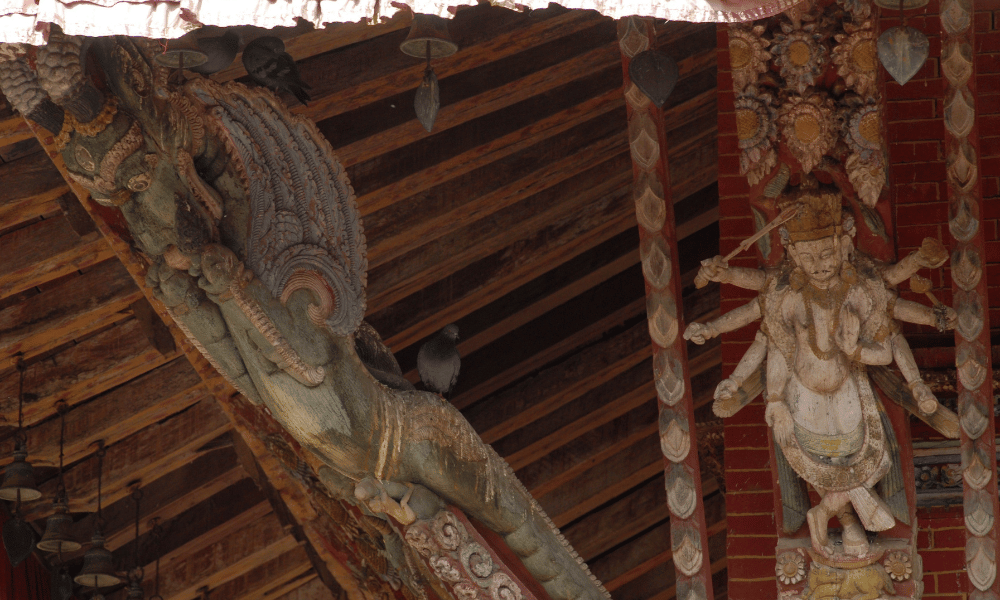
The Changu Museum is a hidden gem located in the charming village of Changu Narayan, a short drive from Kathmandu. The museum boasts a collection of artifacts, utensils, coins, and implements that are among the most eclectic and varied in all of Nepal. The building, which has mahogany-painted doors and carved wooden window frames, is modest and unpretentious, yet the entrance is welcoming and hints at the wonders inside. As the only private museum in the country, Changu Museum not only showcases some of the most amazing and unique relics in Nepal but also highlights the history and origins of Changu Narayan.
Changu Narayan, one of Nepal's seven UNESCO World Heritage Sites, is named after the deity housed within the temple located at the top of a long ascent of brick steps. The temple is said to have been erected between the 4th and 5th centuries and is considered to be the oldest temple in the Kathmandu Valley. A series of watercolor paintings near the museum's entrance depict the mythical beginnings of Changu Narayan, which was once a forest of Champak trees.
Visitors from all over the world have signed the museum's guestbook, attesting to its cultural richness and the awe it inspires. The artifacts are displayed and labeled in both English and Nepali, and there is something for everyone to marvel at, from musical instruments to weapons of war, and from a fire mirror to bowls of preserved rice grains that are over 200 years old.
Living Traditions Museum(LTM)
The Ethnographic Museum at Changu Narayan Temple is a unique and fascinating attraction for those interested in learning about the local culture and traditions of the Newari people in Nepal. The museum is dedicated to showcasing the diverse and rich cultural heritage of the area, with a particular focus on the traditional customs, beliefs, and practices of the local community.
Visitors to the Ethnographic Museum will be able to view an extensive collection of artifacts, including traditional clothing, tools, and household items, which have been carefully preserved and displayed in order to provide an accurate and immersive representation of the area's cultural heritage. The exhibits provide a fascinating glimpse into the everyday lives of the Newari people and their close relationship with the natural environment, as well as showcasing their rich history and traditions.
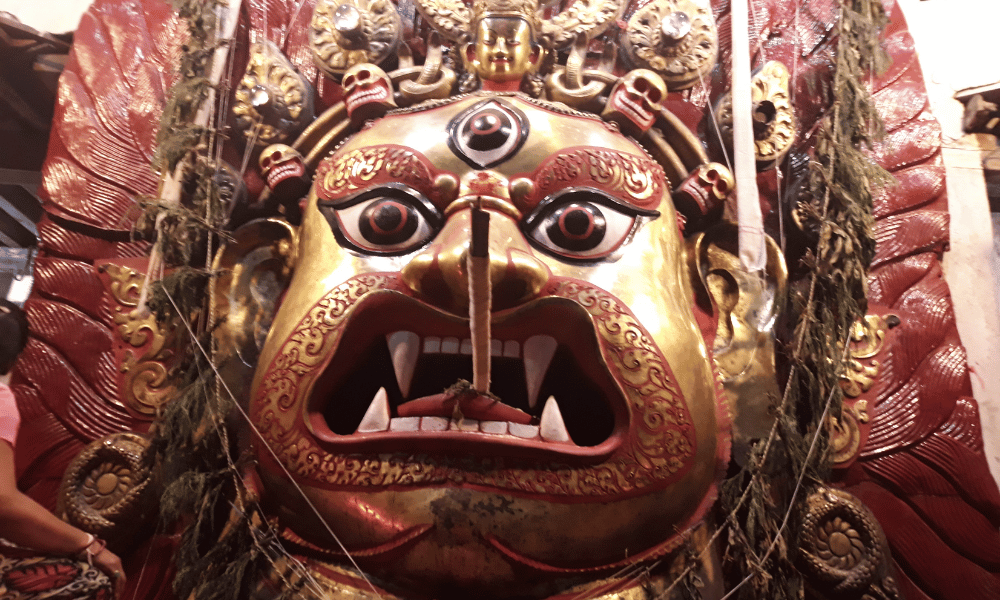
One of the highlights of the Ethnographic Museum is the extensive collection of traditional textiles and clothing, which have been woven and embroidered by local artisans using techniques passed down through generations. These unique and intricate pieces provide a fascinating insight into the traditional craftsmanship and artistic skills of the Newari people and are a testament to their rich cultural heritage.
In addition to the exhibits, the Ethnographic Museum also provides a range of educational resources and information for visitors, including audio-visual displays, interactive exhibits, and guided tours led by knowledgeable and passionate local guides. Whether you are a seasoned traveler, a student of anthropology, or simply a curious visitor, the Ethnographic Museum at Changu Narayan Temple is an experience not to be missed.
Kalash Yatra
Every year, the Kalash Yatra of Changu Narayan temple takes place in the Taleju temple in Hanuman Dhoka Square of Kathmandu. The Bhadel clan, believed to be helpers for the Rajopadhyayas who serve the deity inside the temple, bring three silver Kalashes (pots) filled with holy water from Bagmati near the Pashupatinath Temple. The larger kalash is considered a manifestation of the deity and is carried by a member of the Bhadel clan. The journey, which takes four to five hours and is completed barefoot, starts from the western gate of the Changu Narayan temple, across the Manohara river, and through various places such as Mulpani, Boudhha, Kalopul, Dillibazar, Ranipokhari, and Makkhan to Hanuman Dhoka.
In the Newa community, it is believed that when a traveler sees smashed pots, they do not continue their journey as it is considered to be an Apasakun (bad omen). As a result, the locals collect and smash pots to stop the deity from going back to its temple. This tradition can be seen only in Makkhan in recent years and is one of the most unique Newa customs of Kathmandu valley.
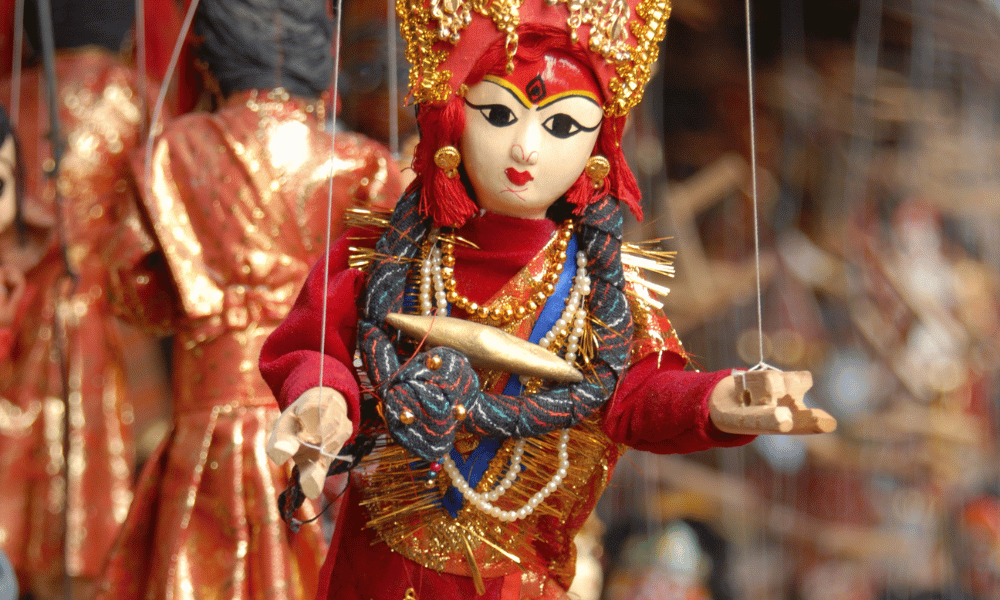
The day is also called Chhyalaa Punhi, a day when the Newa households throw away the old pots and get new ones. When the deity reaches Jamal, the Gurjuko Paltan (a ceremonial troop) marches from Hanuman Dhoka to Jamal and escorts it back to Taleju, along with a ceremonial Khadga (sword). Once the idol reaches the Taleju temple, it is customary to bring the living goddess Kumari to the temple and worship her there. The deity is welcomed and celebrated like a new bride entering their home. The puja is concluded inside the Taleju temple and the prasad (offering) is taken to the head of the state, Sheetal Niwas (the President's Office).
The Changu Narayan deity makes two annual rounds to Taleju. The next visit will be three days before Kwati Purnima during the Nepali month of Shrawan when the deity is said to come with a message to start soaking the beans. The Kalash Yatra is a significant event in the cultural and religious life of the Newa community and offers a glimpse into their beliefs and traditions.
And as a friendly reminder to all tourists, if you ever find yourself lost in the local village, just remember to keep an eye out for pots being smashed. That's usually a sign that the locals are eager to show you a good time and keep you as a permanent resident in their quaint little corner of the world. But let's be real, just following your map is a better bet. Unless you really love the sound of shattering ceramics and the smell of powdered soil!
Mahasnan Festival
The Mahasnan festival is one of the biggest and most vibrant cultural events that takes place in the Changu Narayan Temple in Bhaktapur, Nepal. The festival is eagerly awaited by the local residents, who come together to celebrate and offer their devotion to the gods. The festival usually starts on the ninth day of the waxing moon in the month of Asoj as per the lunar calendar and lasts for six days.
Throughout the festival, people residing around the Changu Narayan temple come together to celebrate and offer their devotion to the gods. The festival provides an opportunity for the community to come together and enjoy traditional feasts, pujas, and rituals. On the second day of the festival, the Guthi Sansthan performs a special puja in the temple and offers Panchamrit (a mixture of five items including gold, raw pulses, and grains) to Changu Narayan.
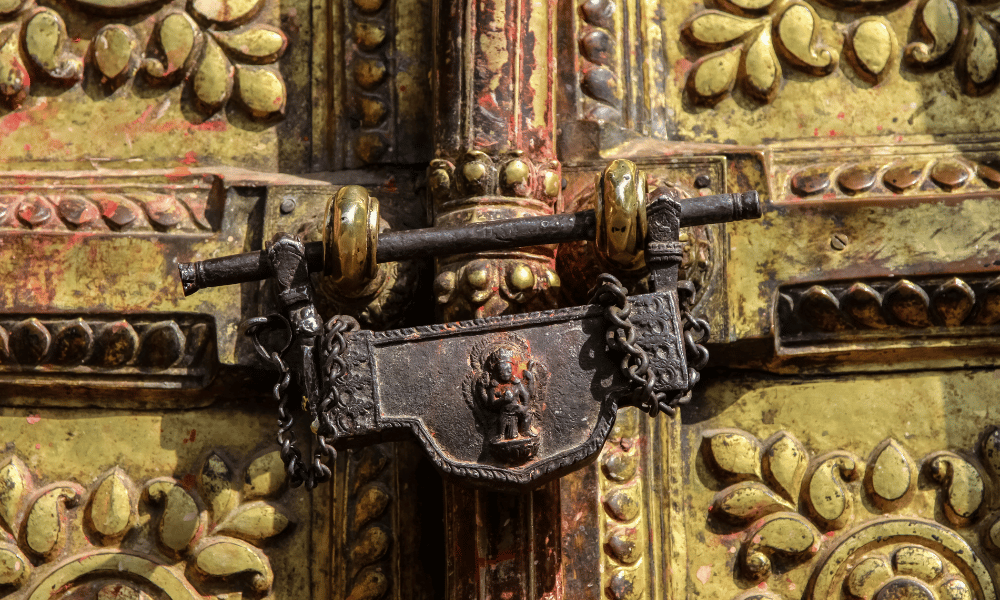
On the third day, a feast is organized for Bhadel (a group of people) at Changu Narayan. The fourth day is reserved for the priests of the temple, who are offered a vegetarian meal by the Guthi Sansthan. On the fifth day, rice pudding and animal sacrifices are offered to the gods and goddesses, including Changu Narayan and Chhinna Masta. And finally, the festival concludes with a Bida (Goodbye) Puja on the sixth day, leaving everyone satisfied and already looking forward to next year's celebration.
For tourists visiting the area, the Mahasnan festival at Changu Narayan is a once-in-a-lifetime experience that's not to be missed. Throughout the festival, visitors can immerse themselves in the local culture and customs and take part in a range of traditional feasts, pujas, and rituals. So, if you're planning a trip to Bhaktapur, make sure to time it with the festival, and experience the magic and wonder of this incredible celebration for yourself!



